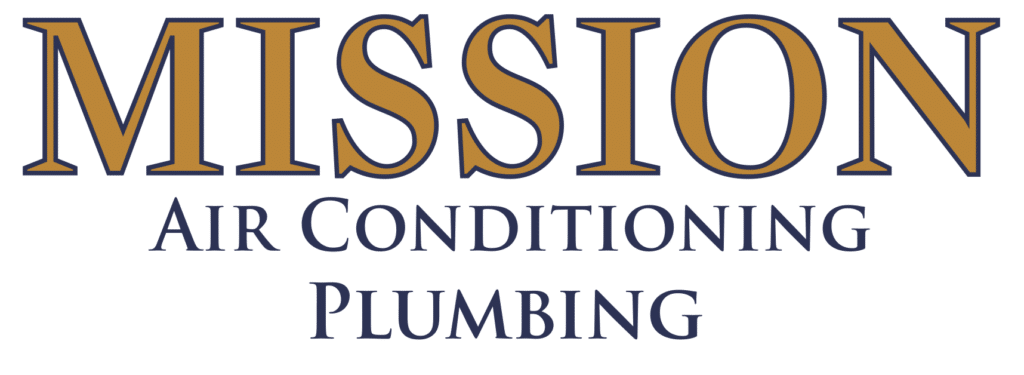As any homeowner knows, plumbing issues can range from a running toilet to a busted pipe and everything in between. These issues always come without warning, and the hope is that the repair will only require a quick trip to the plumbing supply store. Luckily, this is the case for the most common plumbing issues. This article will explore some of the most common toilet plumbing issues and how to fix them yourself.
Plumbing Leak Repair
One of the most common plumbing issues is water leaks. Pipes burst and crack due to changes in temperatures, corrosion, water pressure, clogs and other issues. Not all leaks are obvious, and some pipes can leak for an extended period of time before there is any indication of the issue.
Although it’s not likely that you’ll have plumbing leak detection equipment, some obvious signs of a plumbing leak could be a higher than usual water bill and unusual wet areas on the lawn. Should repairs be necessary, we recommend calling the experts at Mission AC & Plumbing for leak detection and repair. This is one plumbing job best left to professionals.
Toilet Clogs and Blockages
When you think of a toilet clogging, you probably think of toilet paper and non-flushable items being the cause for congestion in the pipes. While this might be a common cause for clogging, factors like the quality of your toilet or even hard water deposits can also be the culprit.
On occasion, the toilet may not even be the issue, but rather the drain line itself. In this case, any acidic chemical solution containing lye can solve the internal backup. Hair can also be a common drain clogging culprit. To prevent clogging, be sure to inspect your toilet every six months or so and clean it regularly.
To perform an inspection, remove the tank lid and flush the toilet. Check that the flapper is sealing well and the fill valve stops running at the right water level. The best way to avoid clogs is to ensure that only human waste and toilet paper are flushed. Throw away hair, lent, tissue and other discarded items in the trash. Also, be sure to select a toilet paper that can easily break down rather than thicker styles, and always flush solids to avoid buildup.
A Noisy Toilet
Your toilet might be making annoying and repetitive noises that are telltale signs of a problem. Here are some examples:
High-Pitch Whistling and Squealing
This noise occurs after flushing. The reason is most likely the float valve, also known as the ballcock valve. It can be easily resolved by adjusting the ballcock mechanism or (since the parts are inexpensive) replacing the whole thing. Simply find the right replacement part at any home improvement store.
Ghost Flushing
This happens when the water in your toilet tank slowly begins to seep out, usually through a faulty flapper. Once your toilet float gets below a certain level, the water switches on and causes the toilet to flush on its own. To determine if you have a faulty flapper, put food dye in your toilet tank and check for color in the bowl after about 30 minutes to confirm the leak. Replacing the toilet flapper is an easy DIY job, and testing the new equipment with food coloring will tell you if the problem is fixed.
Gurgling
A gurgling sound can be attributed to a blockage in the toilet, drain for the toilet, vent stack or, more commonly, the main sewer drain. The sound you hear is from the air that escapes back into the toilet, and it can be the sign of a more serious issue. Unfortunately, most people won’t discover this issue until the downstairs bathroom begins to overflow with water from the toilet and showers.
If this happens, there’s a blockage in the main drain that’s causing the water to back up and enter the home. If your toilet is making a gurgling sound, contact a professional before the situation takes a turn for the worse.
Although most plumbing issues can be easily fixed with a little patience and research, there are some plumbing repair jobs that are best left to the pros. Contact us today to begin a service request.



